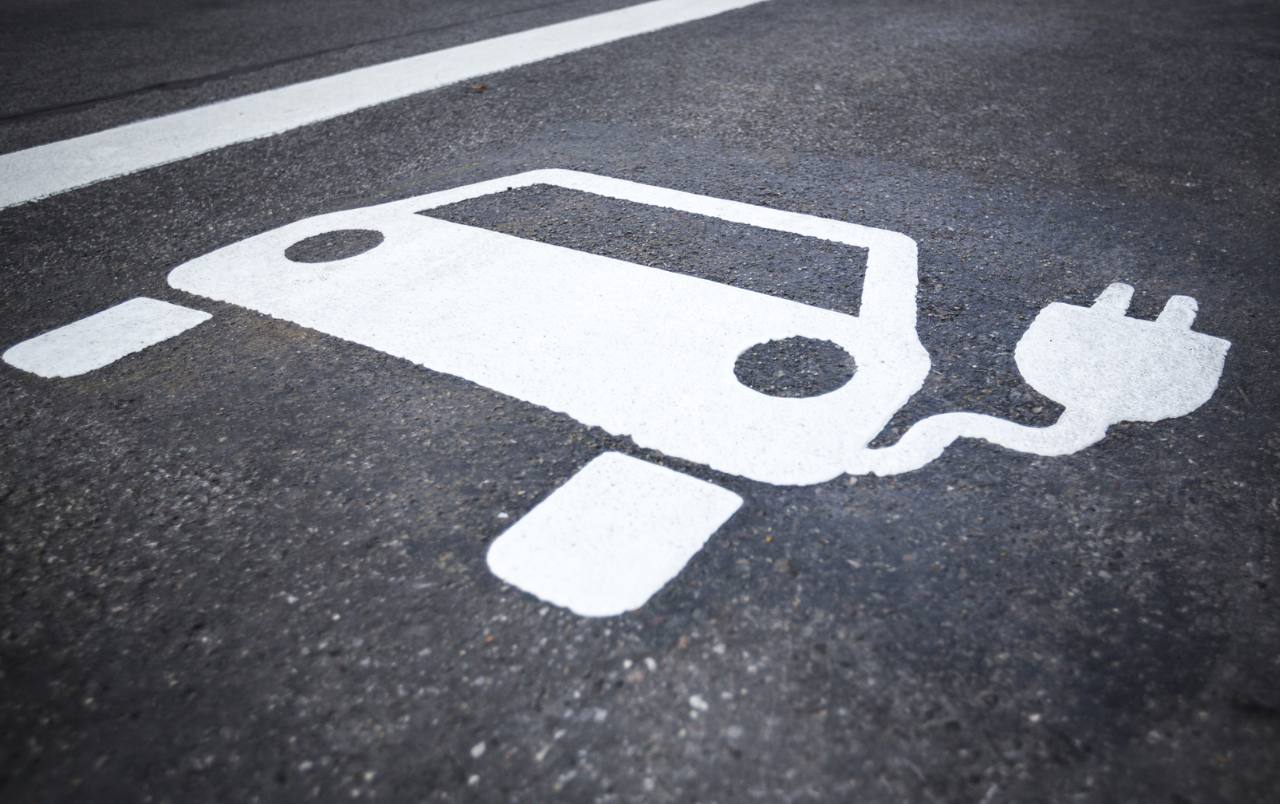by Florence Nakazi, Research Analyst, EPRC This blog post looks at the impact of climate change on Uganda’s primary export…
This article was originally published by the OECD Development Matters Blog. It is part of a series that aims to identify solutions for an equitable recovery and to sustainably address power asymmetries among and within countries and regions.
The COVID-19 pandemic disrupted the transportation sector globally, pushing more people away from public transport and towards privately owned cars. How has it impacted emissions in India and can electric vehicles be the answer to “cleaner and greener” transportation?
Recent studies show that 67% of public transport commuters in India shifted to private vehicle ownership after the initial Covid-19 crisis (during 2021-22). Around 96% of these new vehicles were internal combustion engine vehicles (ICEVs) and will be in use for at least a decade, creating around 18.8 MtCO2 emissions annually.
Our analysis[i] infers that if all of the newly added vehicles in India (during 2021-22) were electric vehicles (EVs), around 9.5 MtCO2 of emissions could have been avoided annually.
Investing in clean-sourced electricity (such as solar and wind) for charging stations will help improve environmental conditions and support efforts to make EVs India’s primary form of transportation.
Potential for Change
The Indian Government has been promoting EV adoption through numerous policies and schemes in recent years. The Faster Adoption and Manufacturing of Hybrid and Electric Vehicles Scheme (FAME) is one such example. With a budget of USD 1.27 billion, the scheme aims to increase demand for electric vehicles through purchase incentives. However, only 10% of its budget is currently allocated to creating supportive infrastructure (like charging docks) and less than 1% is allocated to building awareness. Budget in these areas must be increased for us to see sustainable growth of the sector.
While the Government has set a target of 30% more EV sales by 2030, the current EV penetration in India is still as low as 1-2%. However, technology maturity, policy drivers and national targets – under the scenario’s listed below – may help the country reach its targets.
- The Business-As-Usual for transport scenario (BAU): The current EV sales trend (CAGR 14%) could follow till 2030. As a result, EVs account for only 1% of the total vehicle population by 2030.
- The EV30@30 scenario: Achieving the government’s targets by 2030, EVs would constitute around 5% of the vehicle population and avoid up to 25 Mt CO2 emissions by 2030.
- The Aggressive Adoption scenario: In a hypothetical scenario with 50% of new sales being EVs, they would account for 8% of the population and avoid up to 43 Mt CO2
The emission savings in the above three scenarios are estimated on the assumption that India achieves the predicted target to generate 46% of electricity from renewable sources in 2030 (Figure 1).

Increasing the share of renewable energy allocated to transportation will further augment emission savings. For example, if 70% of the electricity used for charging EVs comes from renewable sources (as projected for the Sustainable Development Scenario by the International Energy Agency), the EV30@30 and Aggressive Adoption scenarios would see emission reductions of 30Mt CO2 and 51Mt CO2, respectively, in 2030 (Figure 1).
The roadblocks
Like all new technologies, electric mobility is meeting considerable resistance. While the government is keen on promoting electric vehicles to achieve its climate targets, consumers are averse to taking risks, automakers and investors are cautious of the ever-evolving technology, and financiers are unsure of its future value.
The tepid response of consumers mostly springs from the higher purchase cost of EVs compared with their ICE counterparts.
While the basic variant of an ICE car can cost +/- USD 10 000, EV’s are closer to USD 15 000 – 20 000. Though this difference is mostly negated by an EV’s comparably low operating costs (currently, the energy cost of petrol cars is +7.60 cents/km (Indian Rupees INR 6/km) while EVs cost around 0.63 cents/km (INR 0.5/km), studies show that Indian consumers prefer to opt for EVs only when initial purchase costs match ICE counterparts.
Other major challenges arise from insurance costs that are double those of ICEs, high import duties (40% of the purchase cost), and limited charging infrastructure. Currently, India has one public charger for every 25 EVs. This is relatively sparse compared to the global average of one charger for eight EVs. In addition, existing charging stations usually cater to particular vehicles (type and make) and lack inter-operability.
For the automakers and investors, the lack of adequate and reliable infrastructure, in combination with constant technological innovations (such as the dynamic nature of technologies, like batteries) result in uncertainties and risks. In the absence of mandates, this makes them hesitant to make long-term investments in the sector.
Building an EV Ecosystem
In light of India’s commitments to achieving SDG-11 (sustainable cities and communities) and SDG-13 (climate action), replacing inefficient old diesel vehicles with electric vehicles should be a government priority.
Suggested next steps:
- A stringent scrapping policy for ICEVs will accelerate EV adoption
- Finance mechanisms and consumer awareness programmes should be put in place to highlight the long-term benefits of EVs
- The successful implementation of the government’s new Production-Linked Incentive (PLI) scheme could encourage local manufacturing of batteries and bring down the battery cost.
- Rigorous quality checks, testing protocols and safety warrants will build customer confidence.
Designing EV models with options that cater to the consumers’ travel patterns should also be considered. For example, analysis shows that the daily commuting distance for four-wheelers in urban India is 50km. A battery of 100km range would therefore be sufficient for daily commuters, while intercity travellers could opt for higher range battery vehicles (>300km).
The need to drive electric mobility and renewable energy through coordinated and stringent policies and schemes, is clear and urgent in India. Accelerated implementation, coupled with renewable energy adoption, has huge potential to reduce emissions and environmental impacts, while increasing people’s health and overall wellbeing.


